Get Paper Industry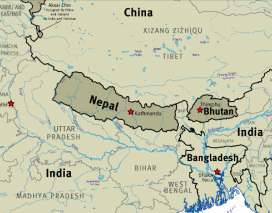 Get Paper Industry (GPI) is an award winning handmade paper cooperative that has been making paper and paper products in Nepal for almost 30 years. The cooperative started with 14 employees but quickly grew when it forged a supply agreement with The Body Shop International in 1989. GPI now employees over 70 people, plus an extra 700 seasonal workers, many of them women. The partnership with The Body Shop continues to this day, and GPI has other trade partnerships with groups like Ten Thousand Villages. Nepal is among the world's poorest countries. Almost half of the country's working age population is unemployed or under-employed. Because of this, nearly 2 million people have left Nepal to seek work in other countries, leaving their families and communities behind. With Nepal's population of 27 million, GPI's employment opportunities might seem like a drop in the bucket. What stands out to me, though, is that GPI has provided job opportunities for such a long time through so much political and economic uncertainty, and the cooperative has provided employment for uneducated women, a demographic that typically has few employment opportunities in Nepal. When GPI started in 1985, they made paper primarily from the lotka plant (like this one): 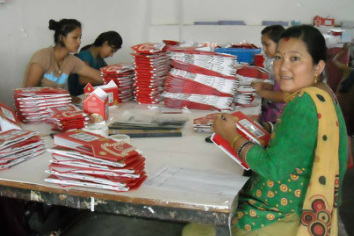 photo, GPI photo, GPI The partnership with The Body Shop introduced GPI to various recycling methods. So for the last 25 years, the cooperative has made paper from waste paper, cotton discards from the garment industry, and agricultural waste like banana fibres, straw (jute), and water hyacinth. The GPI artisans create paper pulp by mixing the recycled fibres with water. The pulp is then pressed between wooden plates to squeeze out the water and flatten the paper, and the resulting sheets are dried in the sunshine. GPI has a waste water treatment facility to filter all the water used in their manufacturing. The entire process honours handcrafted quality and environmental responsibility. photos, Ten Thousand Villages If making gorgeous paper products and providing sustainable employment wasn't enough, GPI also promotes community development through its sister organization General Welfare Prathisthran (GWP). Four per cent of GPI's revenue goes to GWP, which coordinates initiatives in four major areas:
Whoa. Amazing.
It's pretty easy for me to get deliriously excited about a piece of paper. But I can get downright passionate and weepy about a piece of paper that has dried in the sunshine after being carefully mixed and pressed by a Nepalese woman working for Get Paper Industry. There's a great deal of good, compassion and strength behind that delicately textured sheet of paper.
2 Comments
So two days ago, on March 11, I was walking around in the glorious sunshine with my coat off. Then I woke up on March 12 (yesterday) to see this. Ew. I love snow, but not really on March 12 anymore. March is when my itch to garden begins, after all. Well anyway, I had planned to do groceries yesterday, but with the treacherous weather (i.e. snow blowing sideways), I decided to burrow inside for the day. Our food supply was low, especially in the snack department, and that just wouldn't do, especially because Dan had to work last night. The man needs snacks to get through a 12-hour night shift. And hey. I always need snacks. Normally, I like to bake to supplement our snack supply, but with my grocery shopping plans spoiled yesterday, I didn't even have the basics for baking. No flour. No milk. Limited butter. 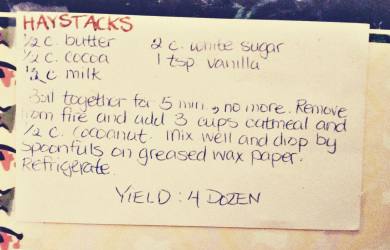 But then I remembered a staple treat from my childhood. Chocolate haystacks: hearty little treats full of chocolate, coconut and oats, and not a stitch of flour. And you don't even have to turn on the oven to make them. It's one of the recipes I wrote out before I left home for university, and I still have it. So yesterday, I dug out my beat-up recipe card and got to work. I had everything I needed to make half a recipe, except for milk. So I improvised by using some Bailey's Irish Cream instead. Tee hee. The short version recipe is at the end of this post, but I'll walk you through the super easy steps first. Measure out the first five ingredients - butter, cocoa, milk (or lush-like substitute), sugar and vanilla - and put them into a saucepan. Bring the mix up to a boil, stirring regularly. My old recipe says you should let the mixture boil for five minutes, but it depends on your stove I think. Really, you just need to make sure the sugar is well dissolved (I did three minutes). When you have a nice, chocolatey soup, add your oats and coconut. Despite what the recipe suggests, I think the ratio of oats to coconut is really up to you.
Et voila! After a while, the haystacks will get solid, and you can take them off the parchment and put them into an airtight container to store. They won't stick together. A note about my boozy experiment . . . Adding Bailey's to the haystack mix changed the flavour significantly. The irish cream flavour overpowers the chocolate quite a bit, so it's basically like having a different flavoured haystack. I still prefer straight-up chocolate, but if you're a big irish cream fan, you'd probably go mad for this variation on the standard recipe. You should adjust the sugar though. My suggestion would be to use 1 1/2 cups of sugar instead of 2 (less if you don't like things too sweet). From a kitchen short on resources, these mini piles of chocolate goodness provided some cozy comfort on a blustery and frigid day. Now that I've rediscovered them, I'll probably make them more often. Here's the less long-winded version of the recipe . . .
 In a sunny and busy classroom in Chedoke Elementary School, a fabulous group of sixth graders has been collecting junk for me. Their wonderful teacher, Jennifer Miscas, contacted me earlier this year to let me know her class had been filling a Jane Jar, and she wondered if I'd be interested in creating an art piece from the contents. Um, yes!
This collaborative project represents everything I love about upcycling and art: a bridge for strangers to meet, a chance to capture moments in time, an opportunity to take a pause - however brief - to think about what and how much we throw away. And it's the start of something completely new. Lots of the junk in this jar will emerge in the art that I'll create for Jennifer and her sixth grade class. The rest of it will eventually find a purpose in something else I make, be it more artwork or a piece of jewelry. The possibilities are curious, colourful, exciting and abundant!
|
Details
Jane Hogeterp Koopman
Subscribe to Jane's Blog by RSS or email:
Categories
All
Archives
January 2018
Stuff I love:
|
Proudly powered by Weebly


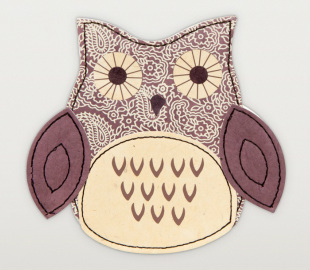
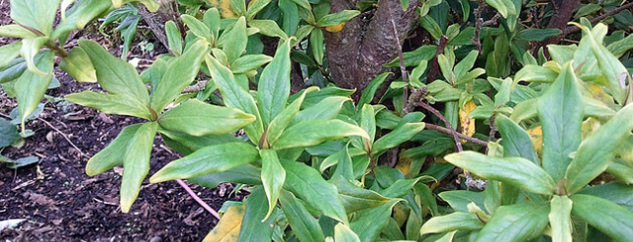
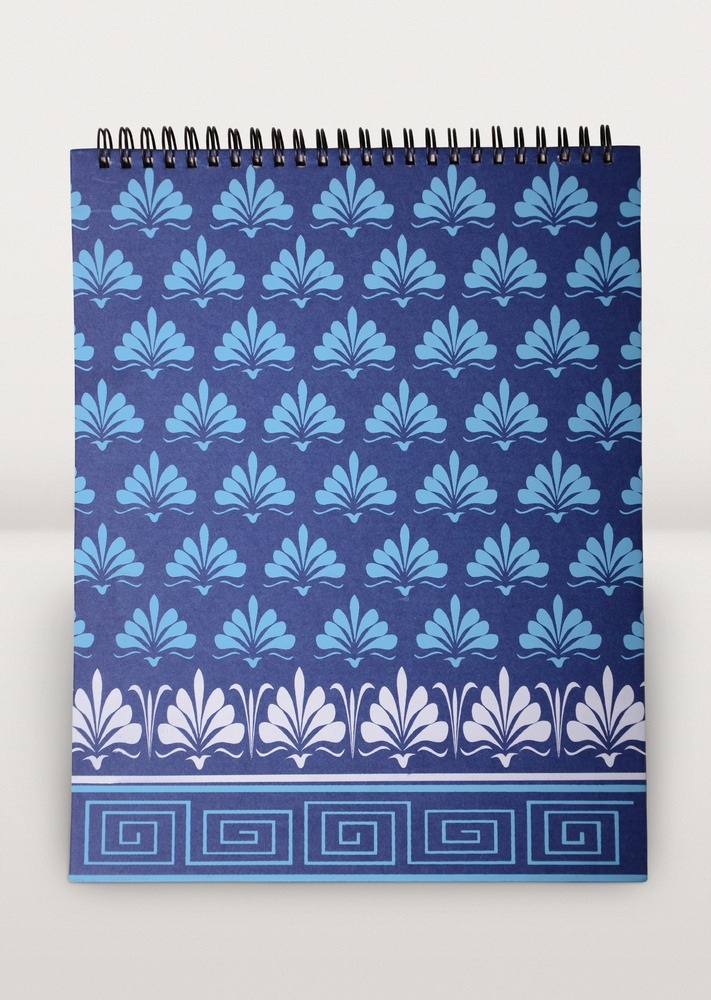
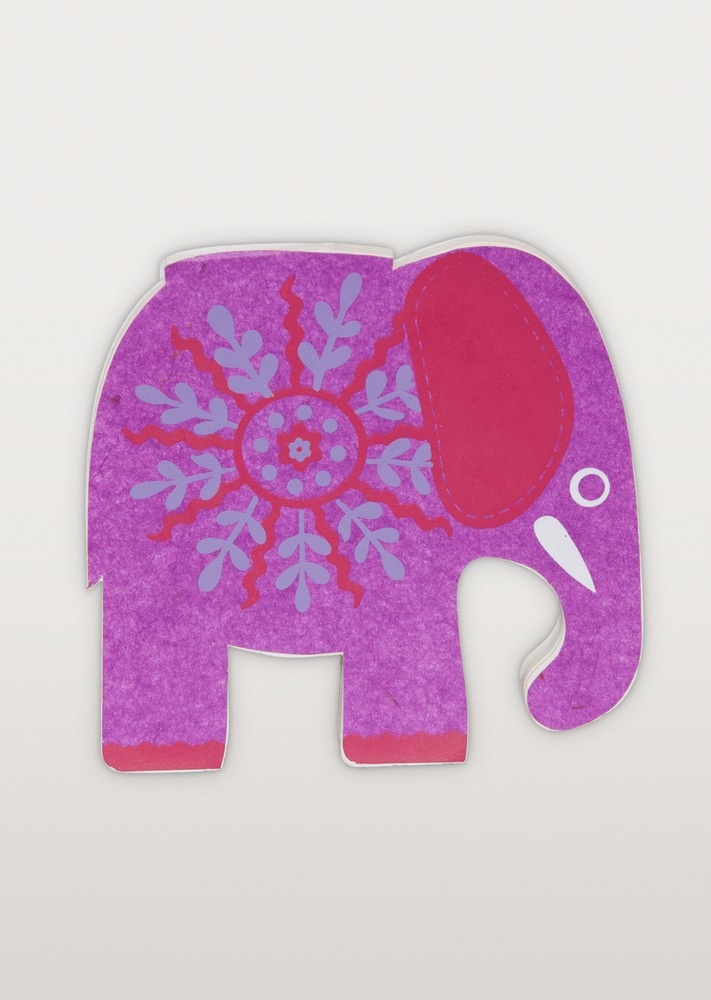
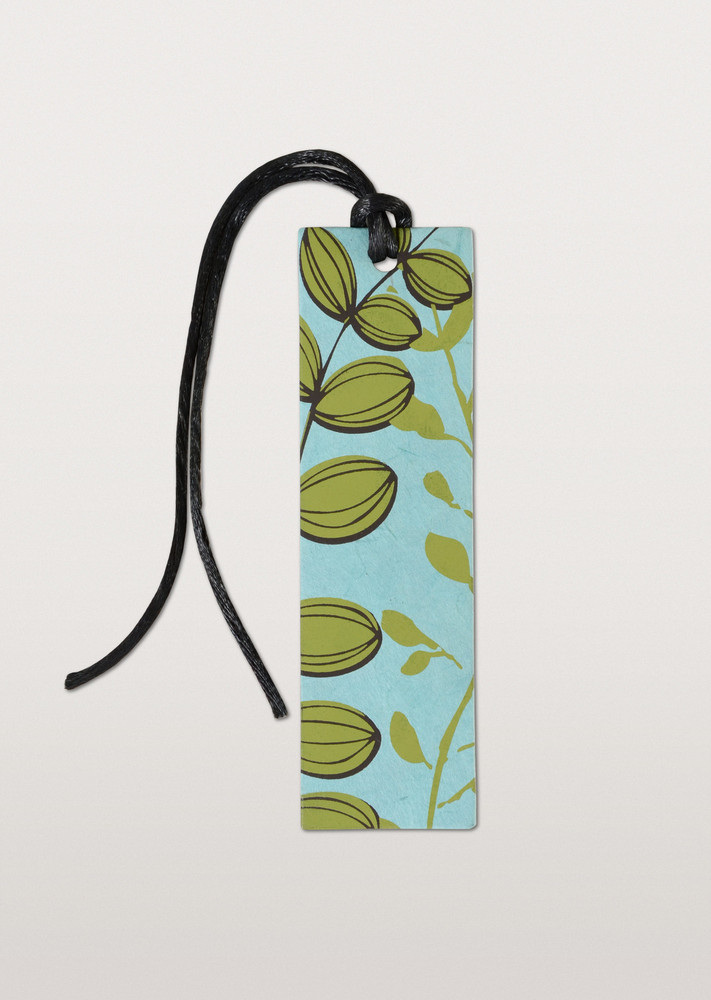

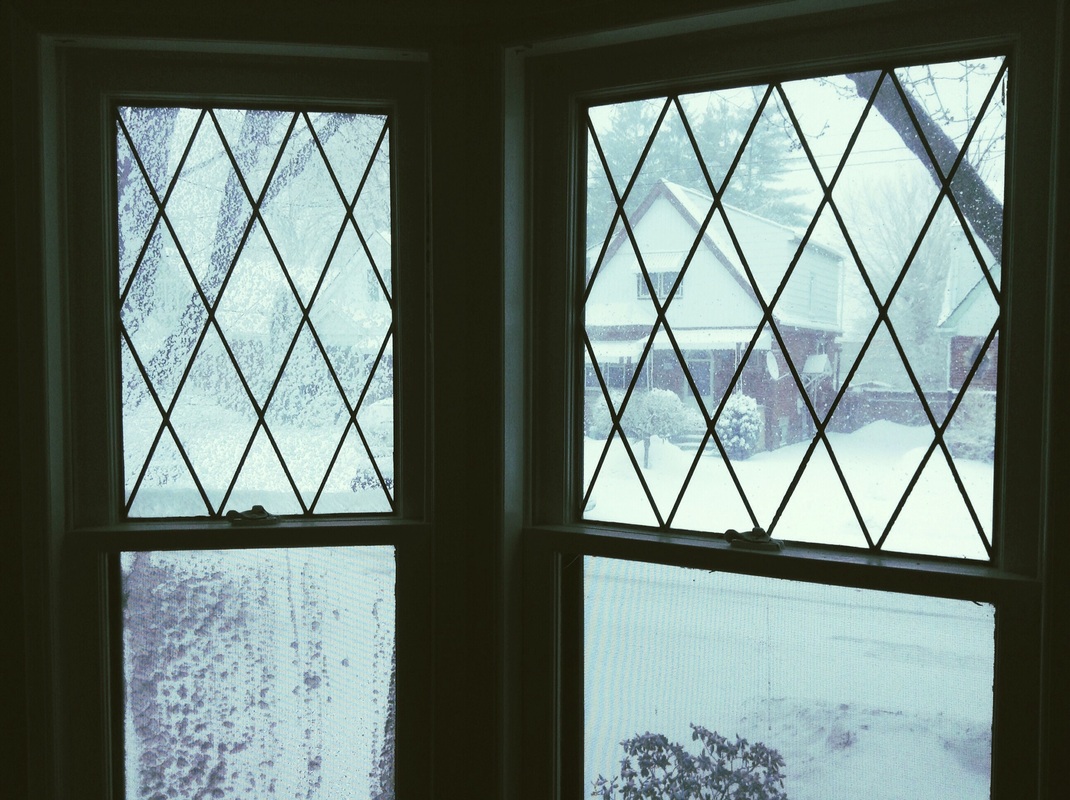
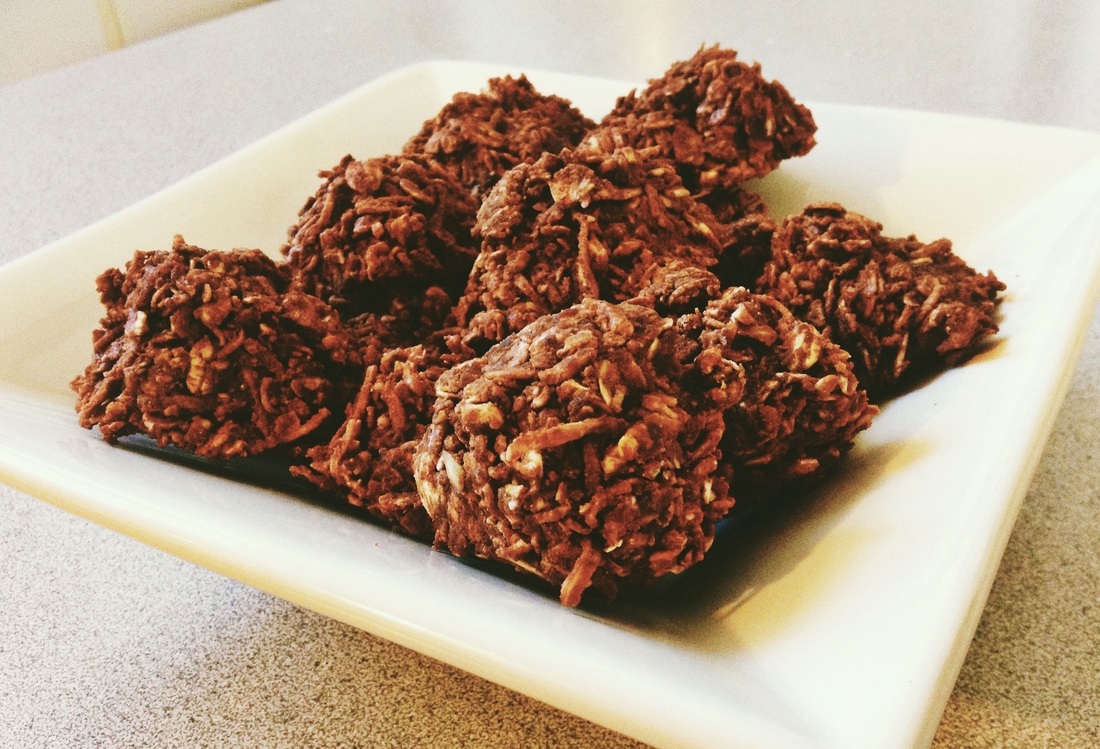
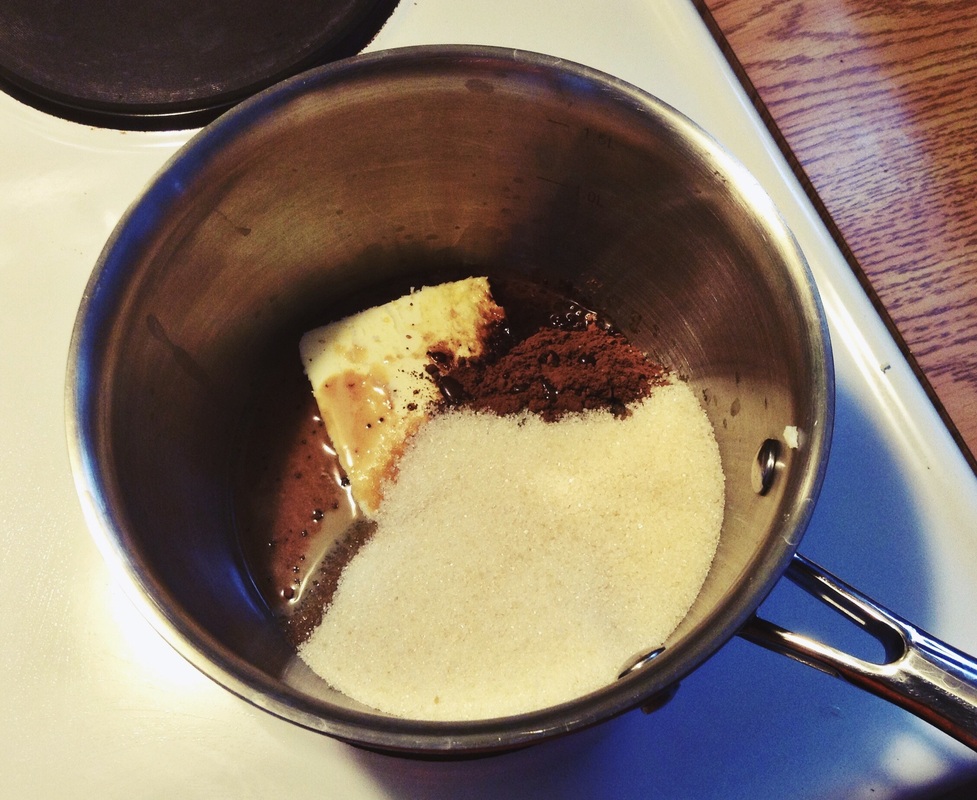
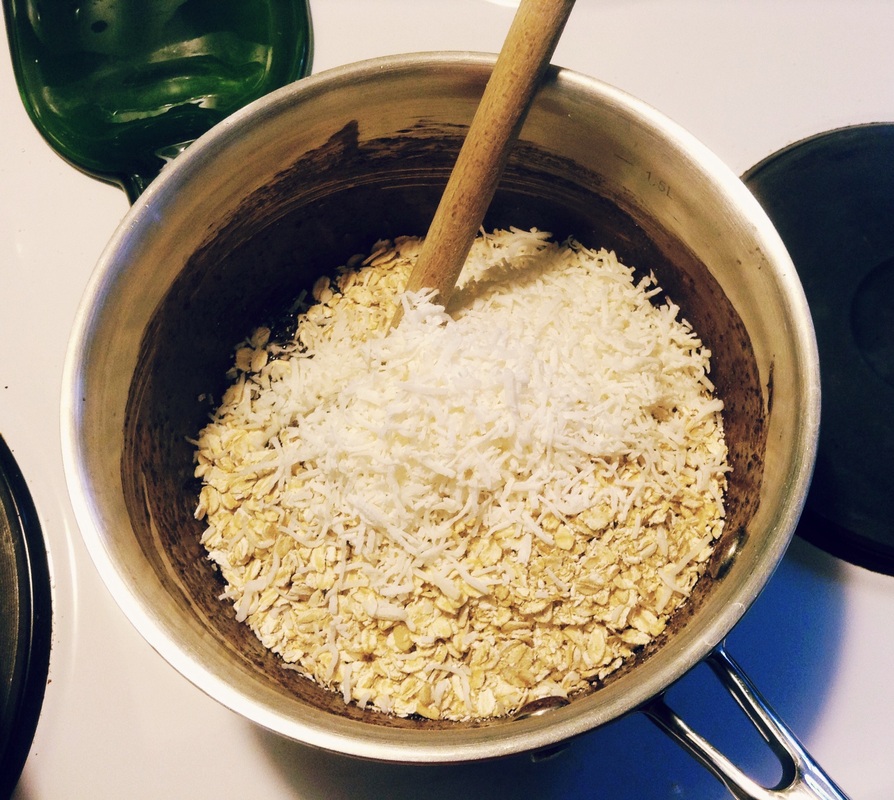
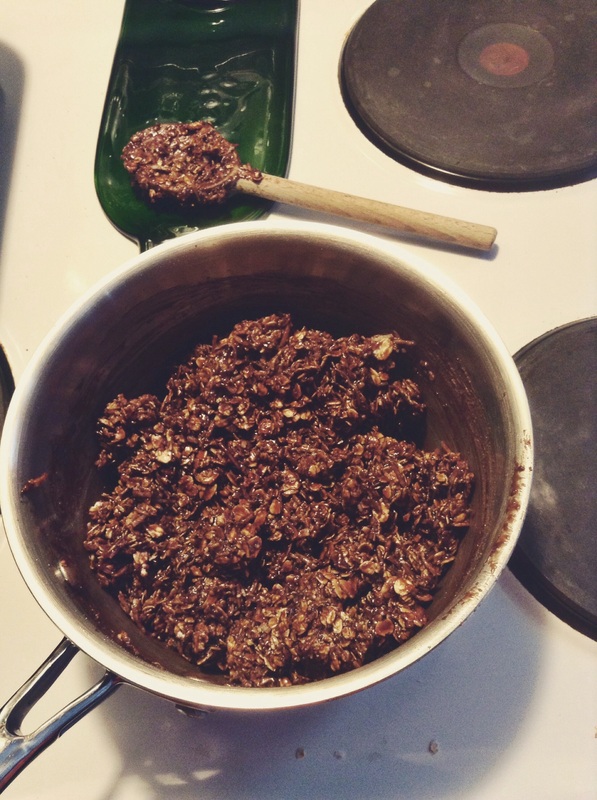
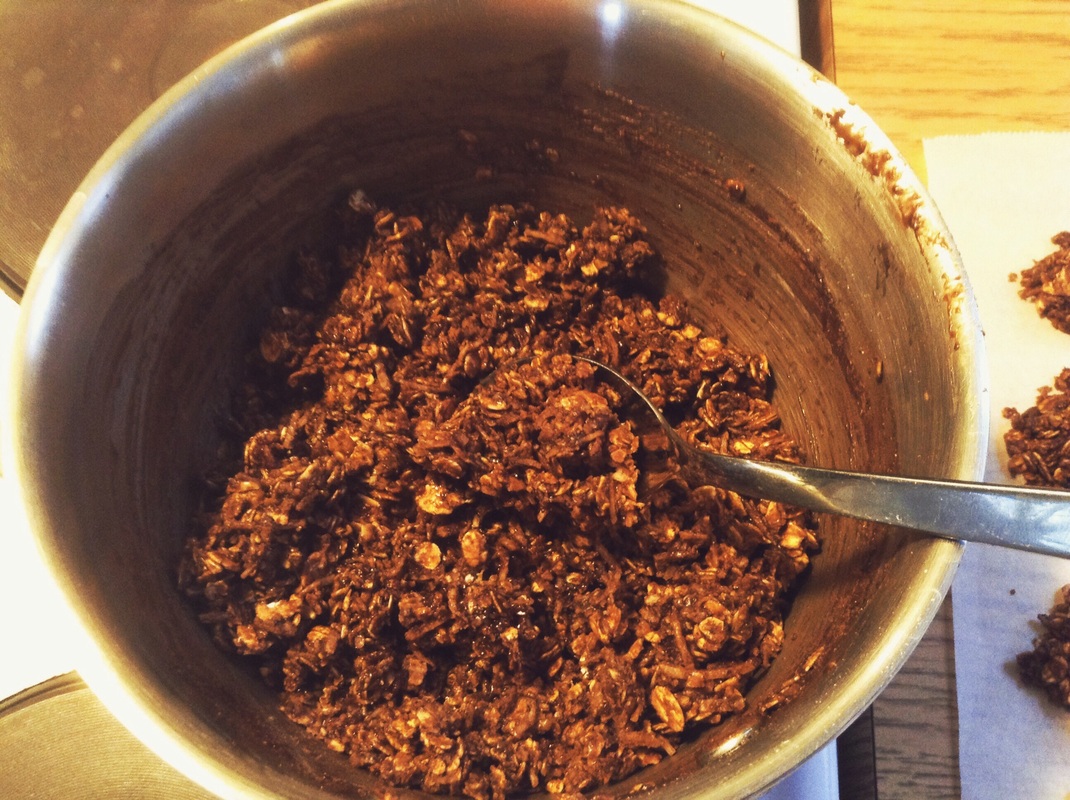
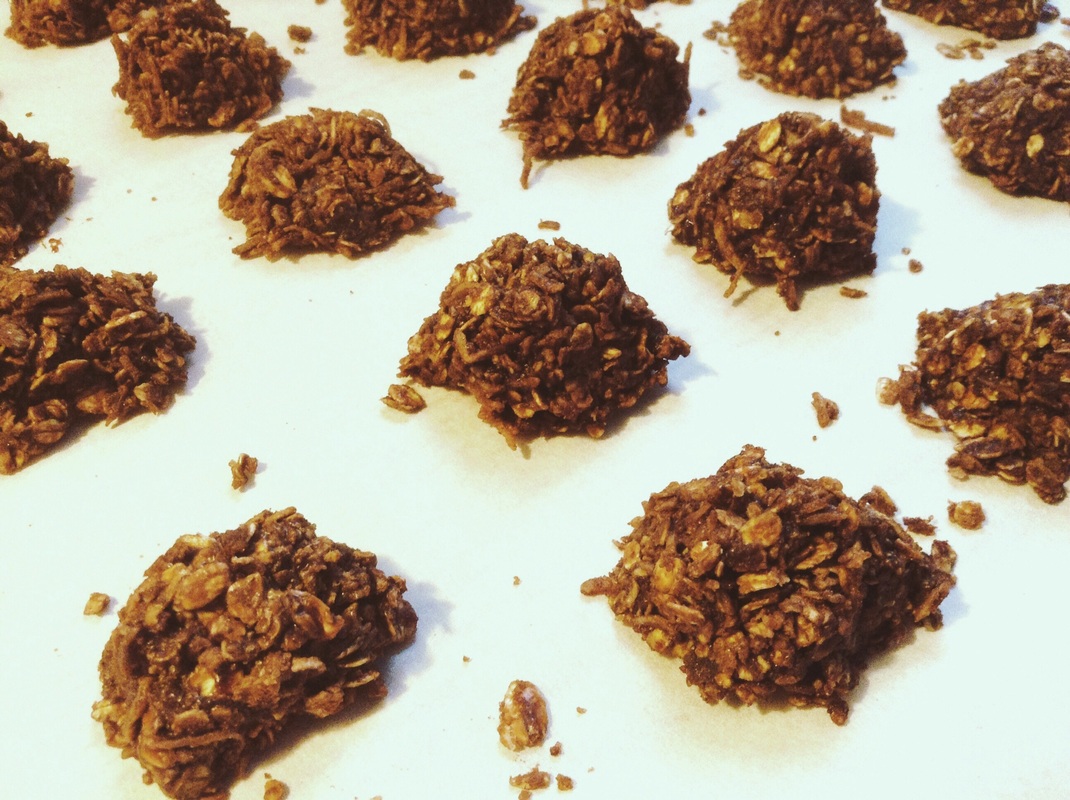
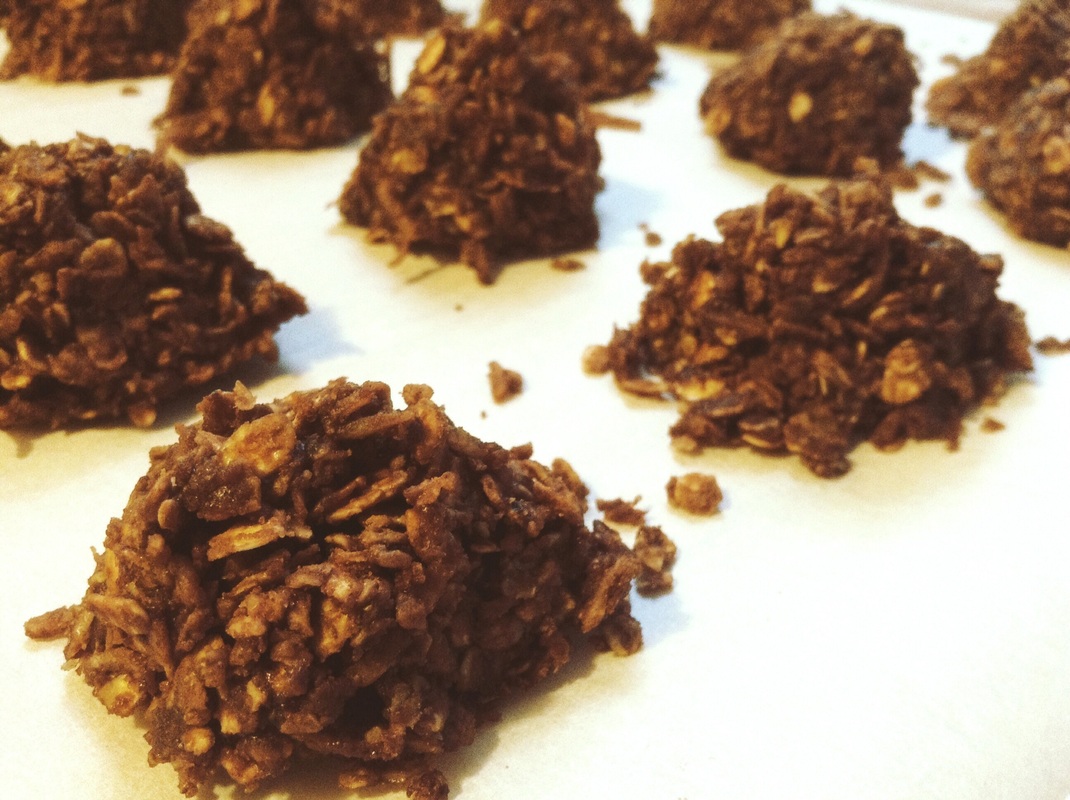
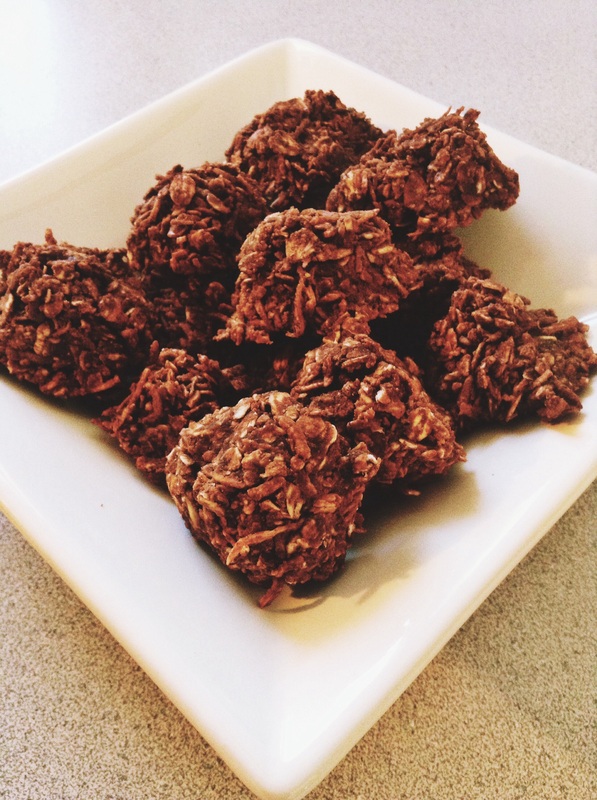
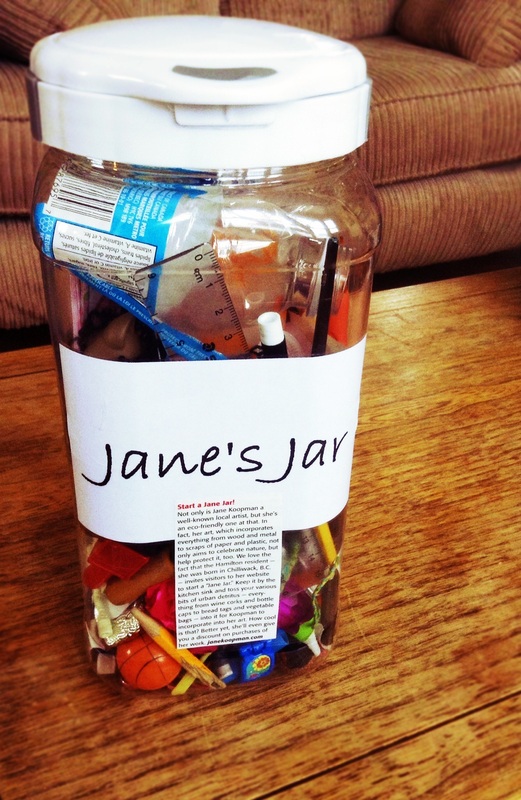
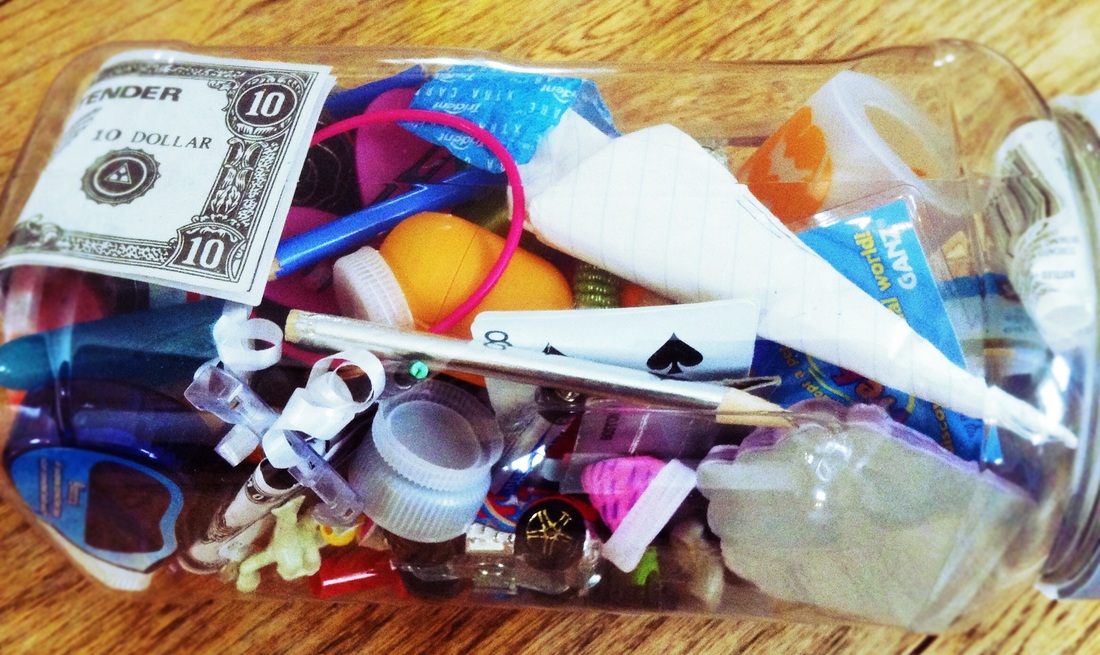
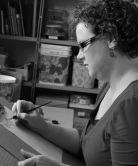
 RSS Feed
RSS Feed